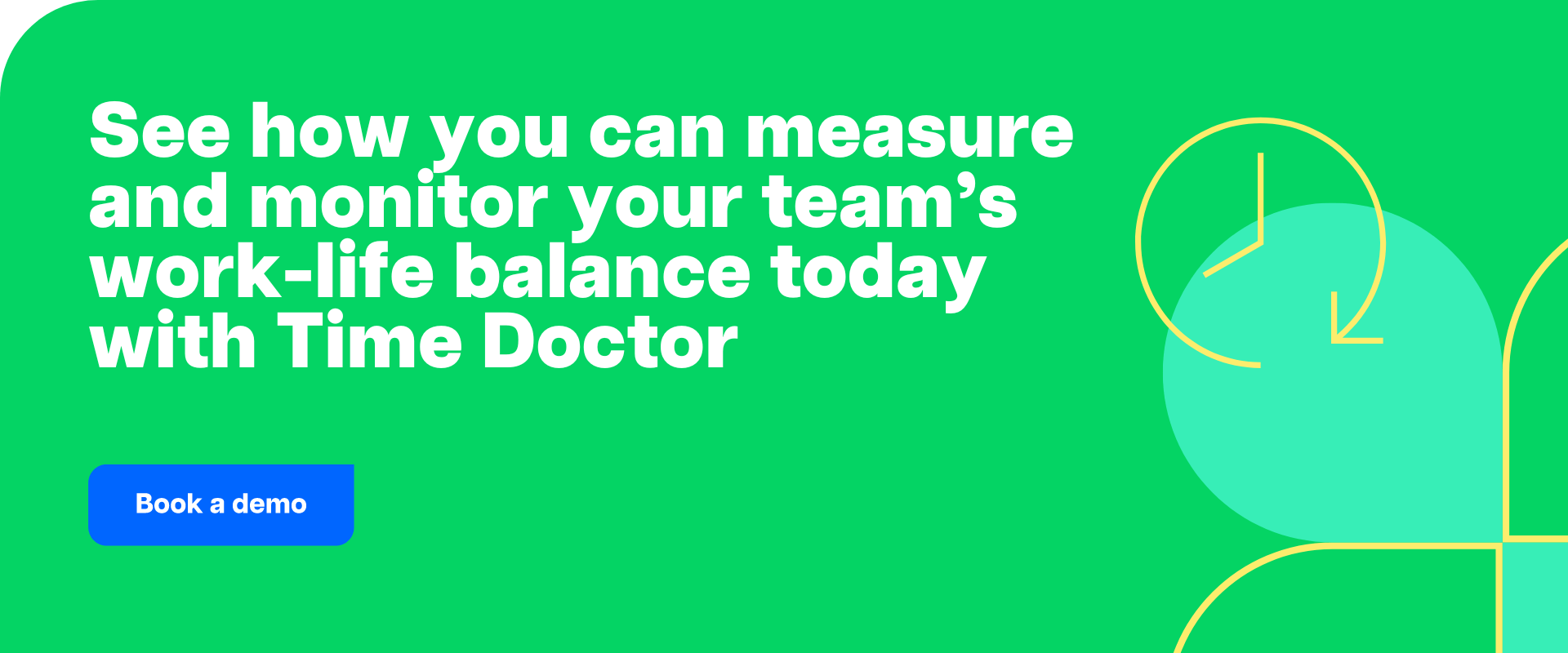The productivity of people working in a space is significantly impacted by the design and overall ambiance of that space, underscoring the critical nature of cultivating a productive work environment in today’s fast-paced professional landscape.
It’s imperative to craft a workspace that not only offers comfort but also enhances productivity, fostering a strong and interconnected business ecosystem. Such a strategic focus on creating a productive work environment can be the cornerstone for achieving unparalleled success and fostering creativity within any organization.
This article explores various ways to foster such an environment, emphasizing the importance of a comprehensive strategy that considers cultural, mental, and physical factors. By understanding these facets, businesses can better cultivate a productive and thriving workplace.
The workspace has a big impact on creativity and productivity, even though it’s sometimes dismissed as just a background for the everyday grind. Beyond aesthetics, a well-designed work environment touches on deeper issues of well-being, engagement, and employee morale. This calls for a change from traditional work environments to more vibrant, encouraging, and welcoming cultures that help people and businesses achieve their objectives.
Table of Contents
- Physical work environment
- Mental and emotional well-being
- Cultural and social factors
- Feedback and continuous improvement
Physical work environment
The physical features of a workplace, such as ergonomics, office layout, and general comfort, have a significant impact on whether productivity is increased or decreased. Workspace arrangement may help processes go more smoothly, and ergonomic equipment and furnishings can help employees stay focused and productive longer by preventing health problems and weariness.
Practical tips for a productive workspace
- Ergonomics: To meet a range of physical demands, spend money on adjustable workstations and seats.
- Lighting: To lessen eye strain, use natural light whenever feasible and offer alternatives for customized lighting.
- Nature and Beauty: Include artwork and green areas to inspire creativity and optimism.

Mental and emotional well-being
It is essential to acknowledge the significance of mental and emotional health in the workplace. The implementation of supportive policies and programs that tackle mental health, stress management, and work-life balance has a substantial effect on both employee happiness and total productivity.
Strategies for well-being
- Mental health programs: Provide mental health days and access to counseling services.
- Stress management: Establish areas in the workplace for mindfulness and relaxation techniques.
- Work-life balance: To accommodate varying lives and obligations, promote remote work choices and flexible working hours.

Cultural and social factors
The culture of an organization has a big impact on its productivity. A culture prioritizing cooperation, creativity, and ongoing education may inspire teams to reach their maximum potential.
Promoting diversity and inclusion
It is well established that inclusive and diverse work settings foster greater creativity and problem-solving skills, which in turn boost output. Workplace cultures that are richer and more productive may be greatly enhanced by promoting different perspectives and inclusive behaviors.
- Collaboration tools: Make use of places and technology to promote productive cooperation.
- Innovation programs: Utilize idea incubators or hackathons to promote employee-driven innovation.
- Initiatives for inclusion and diversity: Encourage procedures and regulations that provide all workers a feeling of community.
Feedback and continuous improvement
Establishing a culture prioritizing feedback-driven growth and continuous improvement can significantly enhance productivity. By implementing frequent feedback loops, organizations foster an atmosphere of transparency and mutual development, which is instrumental in identifying areas that require refinement. Such a culture is supported by various feedback mechanisms, including open discussion forums, anonymous suggestion boxes, and regular reviews.
Additionally, fostering continuous learning through the provision of workshops, classes, and access to online materials aids in the professional development of staff, further contributing to the overall productivity and growth of the organization.
Conclusion
Creating a productive work environment involves more than just making physical changes; mental, emotional, and cultural aspects must also be taken into consideration. Through the adoption of a comprehensive strategy that takes into account the varied requirements and capabilities of its personnel, an enterprise may unleash unprecedented heights in efficiency and inventiveness.
With time, leaders and managers will find it more and more crucial to invest in these multifaceted initiatives because of their significant influence on both the profitability of the business and the well-being of its workforce. The path to a more productive workplace is surely a rewarding one for companies and employees alike, but it does require constant commitment and strategy.

Carlo Borja is the Content Marketing Manager of Time Doctor, a workforce analytics software for distributed teams. He is a remote work advocate, a father and a coffee junkie.


